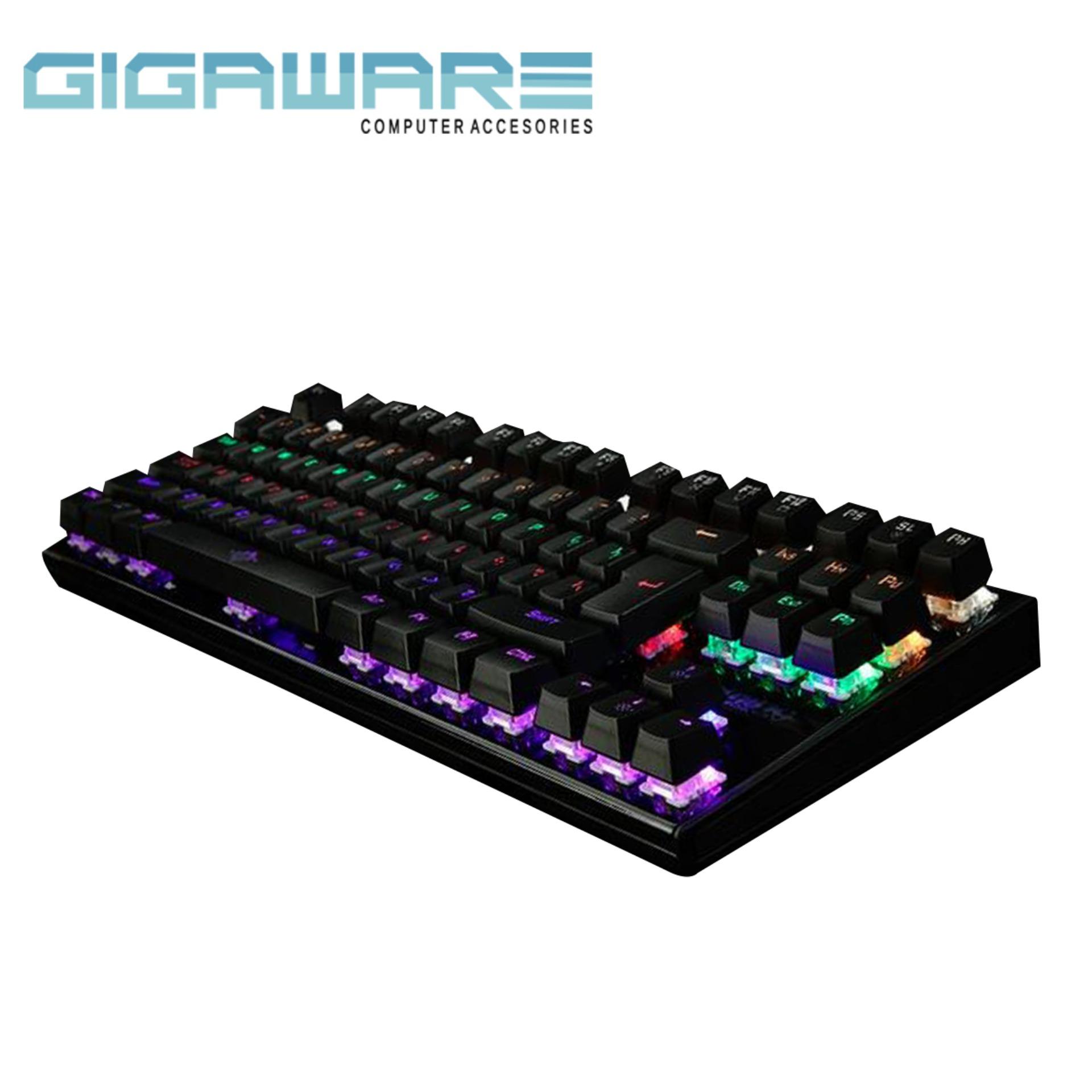


Each letter carries so much significance when it's so loud!Īs you can imagine, there's so much variety when you take these variables and combine them into one switch. To me, the clicky switches bring back a nostalgia and single-minded focus of working on an old mechanical typewriter. But to the person using the keyboard, it can be oh so satisfying. Clicky switches aren't normally well-suited to office environments or for use in close proximity to a significant other. The level of volume that the click creates varies between manufacturers and switches, from soft clicks to loud ones that sound like a small machine gun firing when someone is rapidly typing. Like the name implies, there's an extra bit of engineering in the switch that creates an audible click with every actuation. What I'm describing in terms of mechanical keyboard switches is what manufacturers usually call "clicky" switches. Your typical $10 keyboard from a big box retailer makes noise, and it's not a mechanical keyboard. There's not really a truly silent keyboard out there, though some get pretty close. Moving on to the next attribute, the sound that a switch creates is also highly personal, and usually becomes a factor of preference to anyone nearby as well.Īll keyboards make some level of noise since they are moving physical objects. There are a few low-profile switches that reduce that travel to around 3mm, but they're not particularly common at this point. The key travel distance isn't as much of a thing since most switches have roughly the same travel of 4 - 4.5mm.
#MECHANICAL KEYBOARD CLICKY SWITCHES HOW TO#
Again, most people don't know how to quantify 50cN of force, so it's something you just have to try out for yourself to make sense of. If you have a light touch, you'll probably like a lower actuation force! If you tend to pound on the keys even when you're trying to type lightly, you might benefit from a stronger, more resistive switch. Actuation force is measured in centiNewtons (and sometimes grams), and you'll find anywhere between 30 and 80 cN (and possibly some outside this range) when looking at different switches. It boils down to the size and resistance of the spring inside the switch assembly, and it's also a big reason that people like or dislike particular switches. There are many varying levels of actuation force required for key switches. There are a couple of sub-attributes that contribute to the overall feel of a switch, and they are the actuation force and key travel distance.

It also means I can type lighter because my fingers are trained to release the key once I feel the bump, versus bottoming out the key every time. Personally, I adore a good tactile switch because I enjoy the differing levels of feedback from the switch as I press them down. What's true for everyone, however, is that you need to try them both to understand the real meaning behind the words "tactile" and "linear." I'm not sure there's any truth to this, because it all boils down to what feels good to your fingers when typing. It's all preference, but a common example that people give is that gamers like linear switches and writers or typists like tactile switches. The bump is usually felt toward the top of the key press, and shouldn't be confused with the hard bump you feel when pressing the key all the way down, or "bottoming out." This graphic has helped me so much over the years when trying to suss out the meaning of all these convoluted terms. A tactile switch has a small bump or variance in resistance as you press the switch down. A linear switch has a smooth feel and offers the same amount of resistance the entire way down. Depending on the brand and style of switch, they generally have a "linear" or "tactile" feel. Similar to a fountain nib preference, this mostly comes down to feel and how you intend to use it. In my mind, I think of switches in relation to two attributes: feel and sound. With any vast topic, it's always best to start at a high level and follow your interests down their respective rabbit holes. The task of describing each small nuance and esoteric characteristic of all the possible keyboard switches is nearly impossible, but it certainly doesn't make for good reading.


 0 kommentar(er)
0 kommentar(er)
